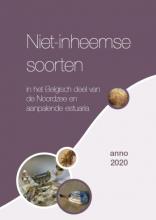Worldwide, numerous plant and animal species have successfully colonised new habitats, including in the marine environment. The phenomenon of non-indigenous species is not new, but for a number of species it is difficult to say whether they are indigenous or not as the available knowledge in some cases does not go back far enough in time. Also the impact of non-indigenous species on the environment, the economy and public health is food for research.
The VLIZ Alien Species Consortium looked into these questions. This cooperation between the Flanders Marine Insitute and 14 national and international knowledge institutes has resulted in a new publication and website which take a look at the established non-indigenous species in our marine and coastal waters. The study shows that there are currently (2020) some 79 species of non-indigenous nature, of which the minority (10-15%) are invasive. Most new species find their way into our waters through maritime transport (76%) and aquaculture (41%). The number of new species is also increasing, it is estimated that before 1990 sixty percent of all non-indigenous species did not occur in our saline and brackish waters. Given the ecological, economic, but also human risks associated with such introductions, policies aimed at preventing newcomers and mitigating the harmful effects of highly invasive species have been put in place in recent years. The effects seem to be cautiously noticeable as the increase of non-native species decreased to 10% in the last decade. However, ongoing monitoring will have to show whether the current regulations are able to better control this phenomenon in the future.
In addition to a species overview, work was also carried out on compiling information on the life cycle and ecology of the species, the ways in which they are introduced and distributed, potential effects or measurable impact of the species on the environment and possible measures.
Interested? Surf to the website or contact VLIZ if you also want to add the book to your personal collection.
For project related questions please contact:
dr. Thomas Verleye (VLIZ)
dr. Fien De Raedemaecker (VLIZ)


